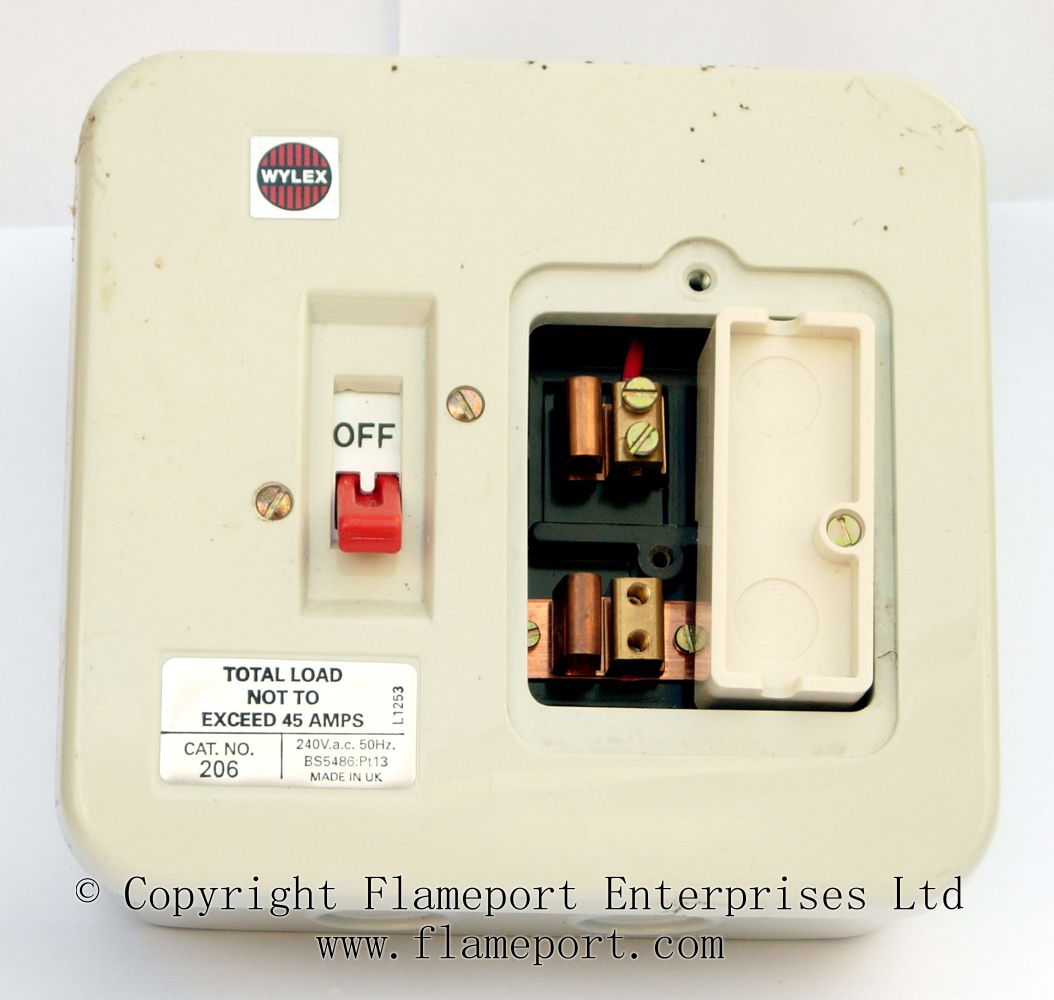In the intricate world of electrical systems, safety and reliability are paramount. One indispensable component that plays a crucial role in ensuring the smooth operation of these systems is the differential circuit breaker. This blog aims to shed light on the significance, functionality, and benefits of these advanced protective devices.
Understanding Differential Circuit Breakers:
Differential circuit breakers, often referred to as differential relays or protection relays, are an integral part of electrical systems. Their primary purpose is to detect and respond to imbalances in electrical currents, safeguarding equipment and preventing potential hazards such as short circuits and ground faults.
How do They Work?
Differential circuit breakers operate on the principle of comparing incoming and outgoing currents. By monitoring the difference between these currents, they can identify irregularities that may indicate a fault in the system. When a fault is detected, the breaker acts swiftly to interrupt the circuit, isolating the faulty section and preventing damage to connected devices.
Key Components and Features:
- Current Transformers (CTs): These transformers are responsible for converting high currents into manageable levels for the differential relay to analyze. CTs play a vital role in ensuring the accurate measurement of current imbalances.
- Differential Relay: The brain of the operation, the differential relay processes the input from CTs and triggers the circuit breaker if it detects an abnormal current imbalance.
- Communication Systems: Many modern differential circuit breakers are equipped with communication capabilities, allowing them to relay information to a central control system. This feature enhances monitoring and control, contributing to the overall efficiency of the electrical network.
Benefits of Differential Circuit Breakers:
- Enhanced Protection: Differential circuit breakers provide a higher level of protection compared to traditional circuit breakers. Their ability to detect and respond to small imbalances ensures that faults are addressed promptly, minimizing damage to equipment.
- Selective Tripping: These breakers can be programmed for selective tripping, meaning that only the affected section of the circuit is isolated, leaving the rest of the system operational. This feature enhances system reliability and reduces downtime.
- Improved Safety: By swiftly isolating faulty sections, differential circuit breakers contribute to a safer working environment. This is crucial in preventing electrical accidents and protecting both personnel and assets.
- Integration with Smart Grids: The integration of differential circuit breakers with smart grid technologies enables real-time monitoring, data analysis, and remote control. This promotes efficient energy management and facilitates a more responsive and adaptive electrical infrastructure.



